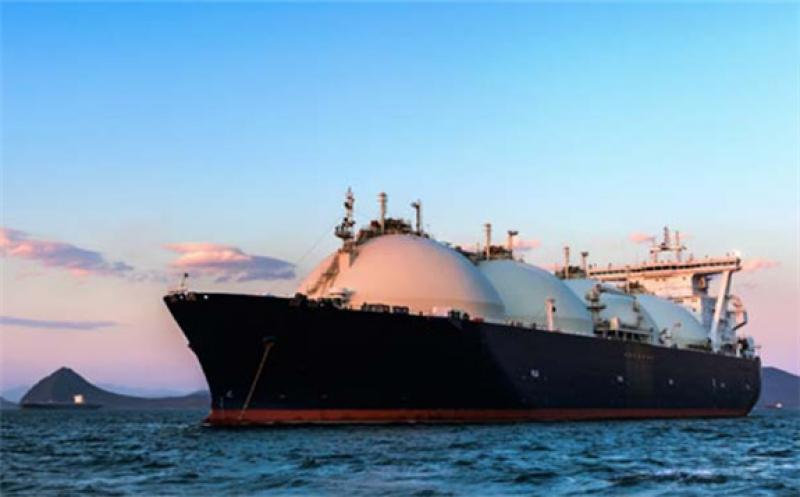Worldwide LNG receipts increased compared with a year earlier for a fourth consecutive month in June but dropped from May and were at their lowest since October.

Aggregate LNG deliveries rose to 29.9mn t of LNG last month from 27mn t a year earlier, data from oil analytics firm Vortexa show, but were lower than the 31.9mn t delivered in May. Receipts last month were at their lowest since October, when 28.9mn t was imported globally, with November-May deliveries all holding above 30mn t, partly reflecting a typical seasonality profile in global demand.
Stronger Asia-Pacific demand was again the main driver of the global increase, with the region receiving 17.6mn t last month, up from 15.4mn t a year earlier, and further increasing its market share to 70.4pc, from 69.8pc a year earlier and 68.9pc in May. But Latin American countries also contributed a large slice of the additional demand, with aggregate receipts to the region broadly doubling to 1.9mn t last month from 993,000t a year earlier — and the highest since August 2018, just before the commissioning of a new pipeline from the US began to slash Mexico's LNG demand.
Weak domestic gas production in Argentina has boosted the country's reliance on LNG so far this year, while a record drought in Brazil has weighed on hydroelectric output sharply and lifted gas demand in the country. But Latin America still accounted for only a marginal share of the global market at 5.7pc last month, although this was up from 2.3pc a year earlier and 3.6pc in May.
Europe's share of global demand narrowed to 19.4pc in June from 22.1pc a year earlier and 23.8pc in May. The region took 5.75mn t last month, broadly unchanged from 5.71mn t a year earlier.
China was again the world's largest LNG importer last month, having received 6.47mn t, up from 5.3mn t a year earlier, although lower than 7.2mn t in May. Above-average temperatures in south China have supported demand for cooling from power generation in recent weeks, along with low rainfall weighing on hydroelectric output.
Japanese receipts rose to 5.6mn t in June from 5.3mn t a year earlier and 5.2mn t in May, despite mild weather during the month compared with June 2020. But stronger economic activity last month enabled higher consumption compared with June last year, when more Covid-19 restrictions were in place.
The sharp increase in Chinese demand was offset to an extent by lower deliveries to India — partly as a result of Covid-19 restrictions continuing to weigh on economic activity, with some Indian regions extending lockdowns in recent days. Stronger domestic production following the start-up of new offshore fields in the Krishna Godavari basin also reduced the country's reliance on imports. Indian receipts fell to 1.8mn t last month from 2.34mn t a year earlier, while domestic production rose by almost a fifth to 2.74bn m³ in May, the latest data available, from 2.3bn m³ a year earlier. High LNG prices in June may have also weighed on Indian buyers' appetite for spot cargoes.